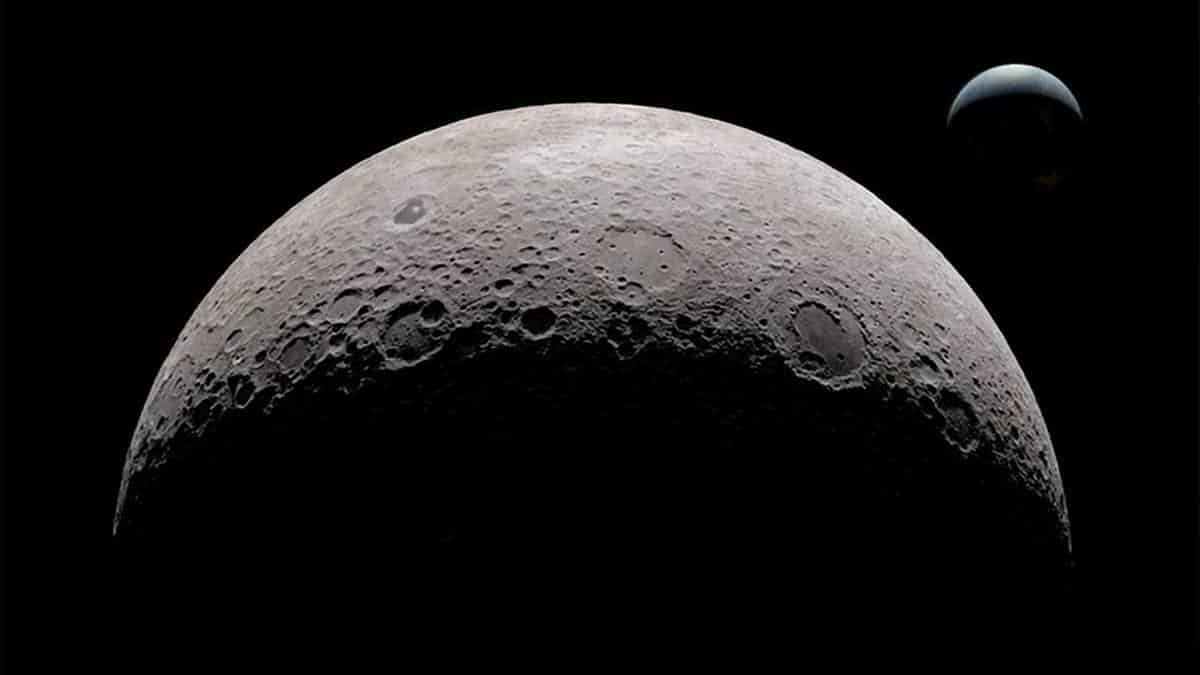Moon is rusting and that is too because of Earth; New study revealed

Analysts have found that the moon is rusting, and Earth is halfway liable for causing it.
Another paper, considering information from the Indian Space Research Organization’s Chandrayaan-1 orbiter, uncovers that the moon’s posts have an altogether unexpected sythesis in comparison to the rest.
Considering the light reflected from the shafts, the University of Hawaii’s Shuai Li discovered the otherworldly signature for hematite.
Hematite is a type of iron oxide, regularly known as rust; nonetheless, with the goal for iron to become rust oxygen must be available – something the moon is scandalously inadequate.
“It’s very puzzling,” Li said in a statement. “The moon is a terrible environment for hematite to form in.”
“At first, I totally didn’t believe it. It shouldn’t exist based on the conditions present on the moon,” Abigail Fraeman, one of the JPL scientists, said.
“But since we discovered water on the moon, people have been speculating that there could be a greater variety of minerals than we realize if that water had reacted with rocks.”
The nearness of rust on the moon can be clarified in three different ways, the researchers found. In spite of the fact that the moon doesn’t have a climate, it has followed measures of oxygen present in light of the Earth’s attractive field.
Oxygen can venture out from the planet to the moon by riding Earth’s attractive field, making the 385,000 kilometer trip through the magnetotail.
This would clarify why there is a more prominent measure of hematite on the moon confronting the Earth than on its far side.


